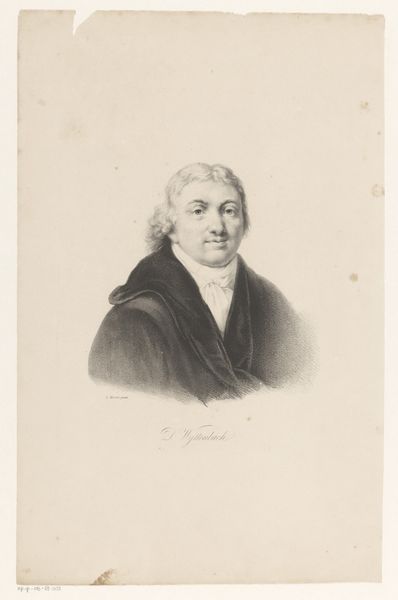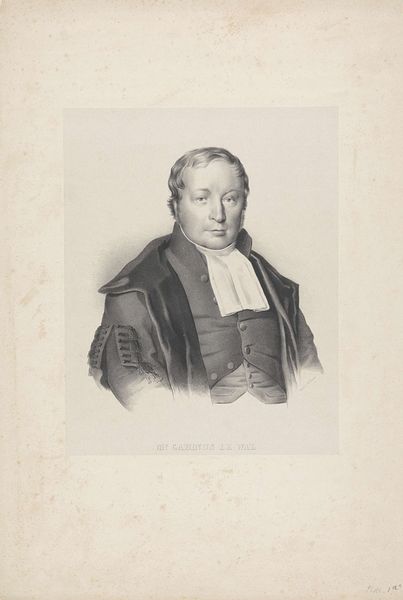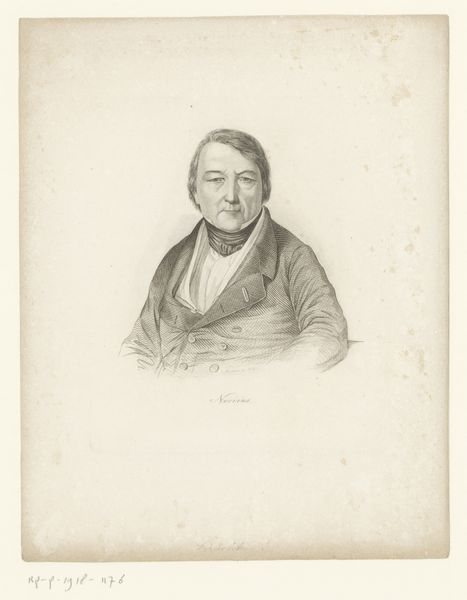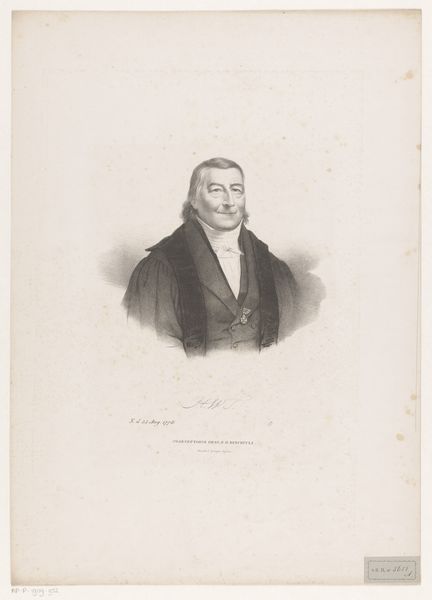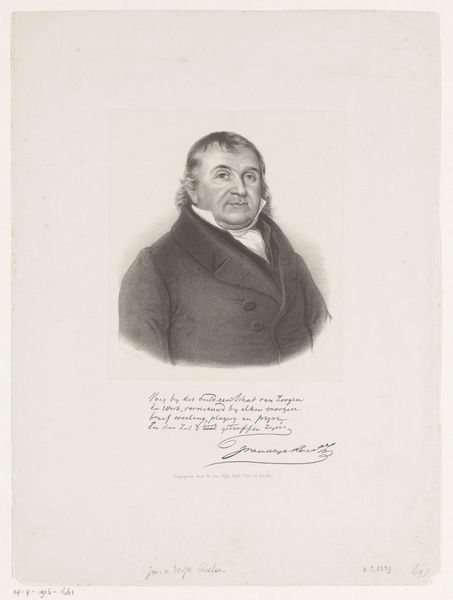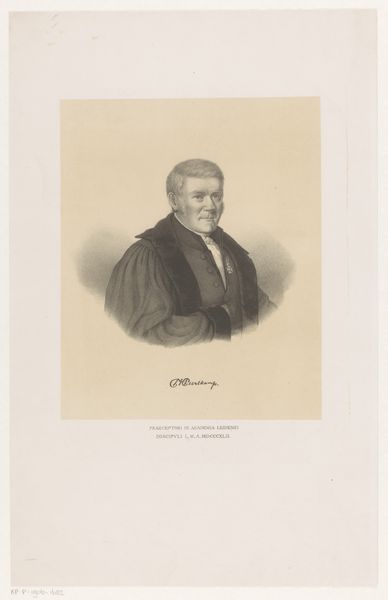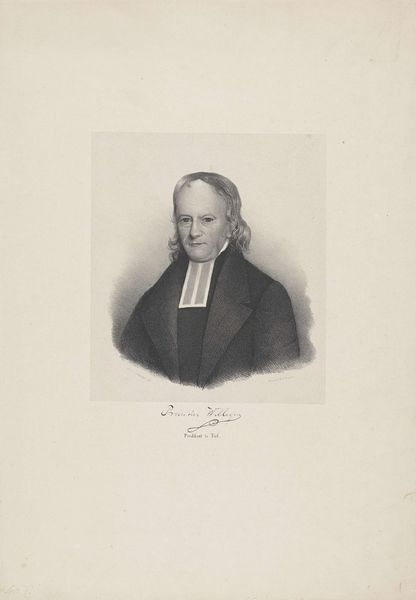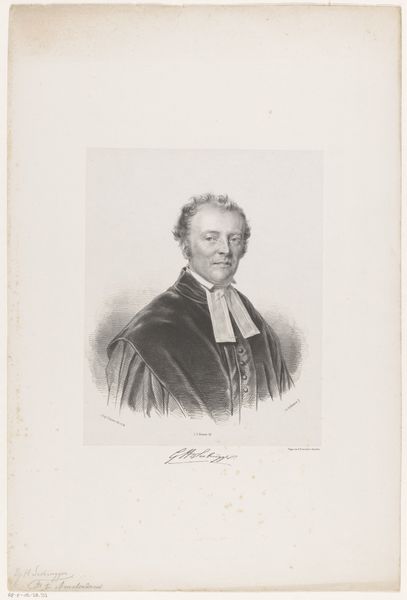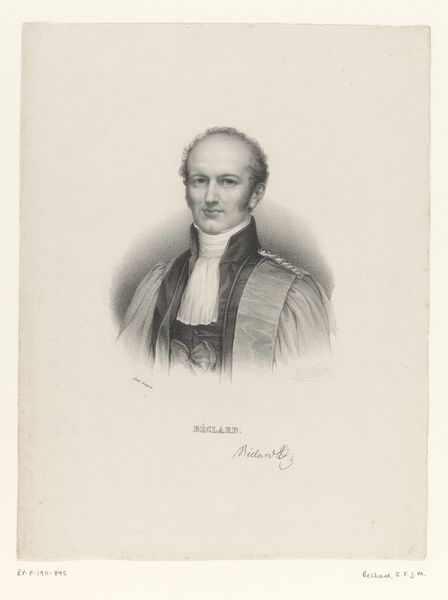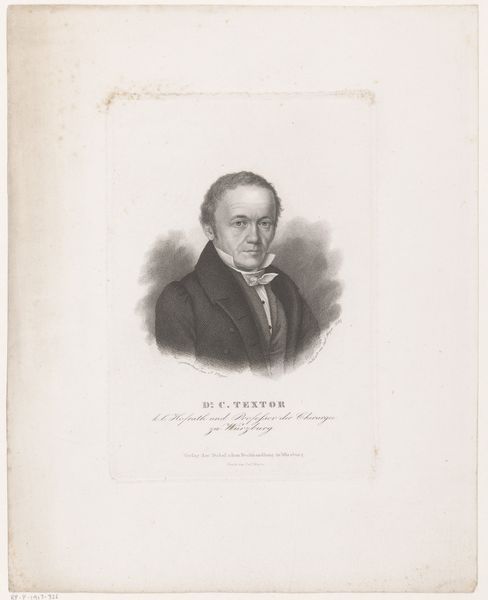
drawing, watercolor
#
portrait
#
drawing
#
self-portrait
#
watercolor
#
romanticism
#
portrait drawing
#
academic-art
#
portrait art
Dimensions: 22.3 x 17.5 cm
Copyright: Public domain
Editor: So, here we have Josef Kriehuber's "Austrian Family, the Father," created around 1827 using watercolor and drawing techniques. It's got a very… introspective mood to it, almost melancholic, don't you think? What stands out to you the most about this portrait? Curator: Melancholy is a wonderful word for it, yes. What jumps out for me is the weight of the unseen narrative, you know? This isn’t just pigment on paper, it’s a glimpse into the quiet corners of a 19th-century soul. The slight unevenness in his gaze, the muted colors—they speak volumes about unspoken burdens, maybe even societal expectations crushing the spirit. Does he look like someone about to burst into song? Or weep? Editor: I definitely get the "weep" vibe. I'm wondering about the… deliberate artistic choices Kriehuber made. The soft, almost blurred edges around the figure; were they common for the time, or did he introduce this looser, Romantic aesthetic himself? Curator: Aha, good question! That blurriness, as you call it, it is intentional. Consider the rise of Romanticism – a push against sharp-edged Neoclassicism, right? Artists started playing with emotion, subjectivity, and the sublime. So, in a way, Kriehuber lets us feel *with* his subject rather than just observe him. That hazy border is a soft-focus on reality itself. Editor: Okay, I can see that, the connection to feeling instead of observing. It makes me appreciate the piece more knowing about the shift happening in art at the time. Thanks! Curator: Anytime! It’s all about finding that resonance, that echo of history within ourselves. Each brushstroke tells a story, and we're just trying to listen closely.
Comments
No comments
Be the first to comment and join the conversation on the ultimate creative platform.
